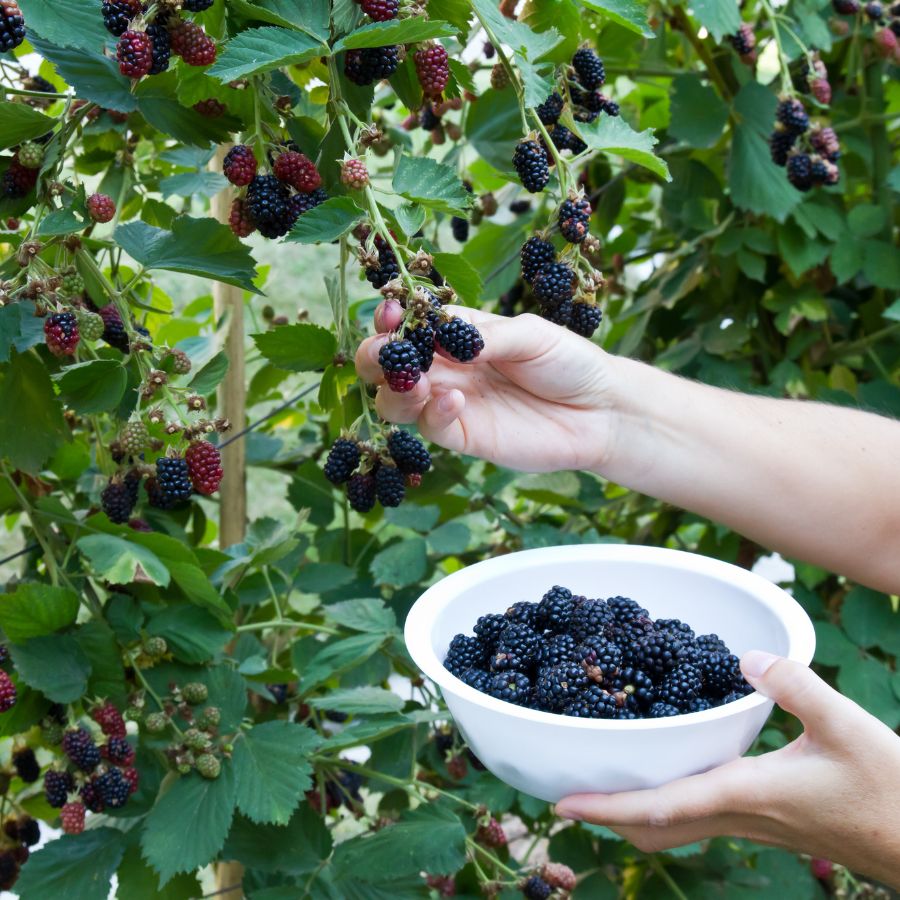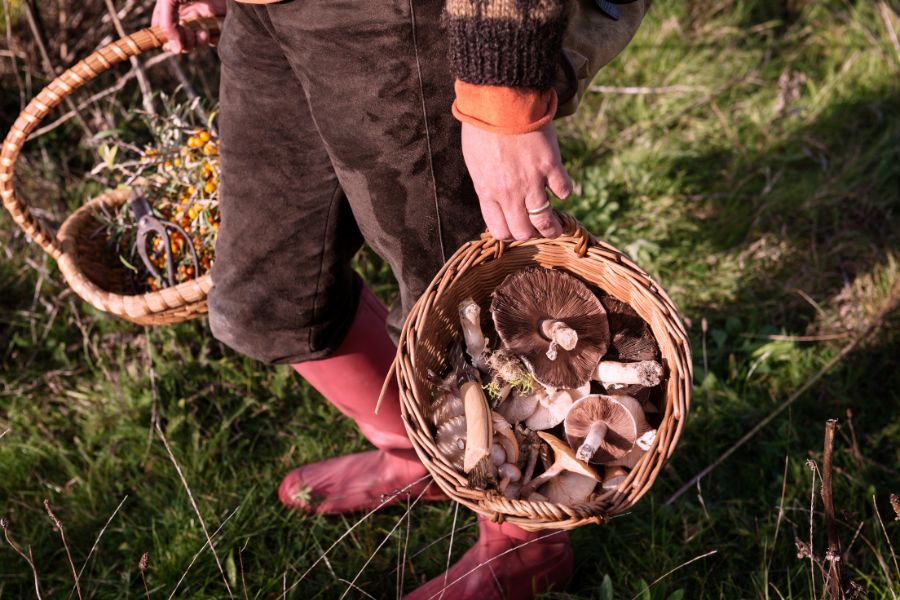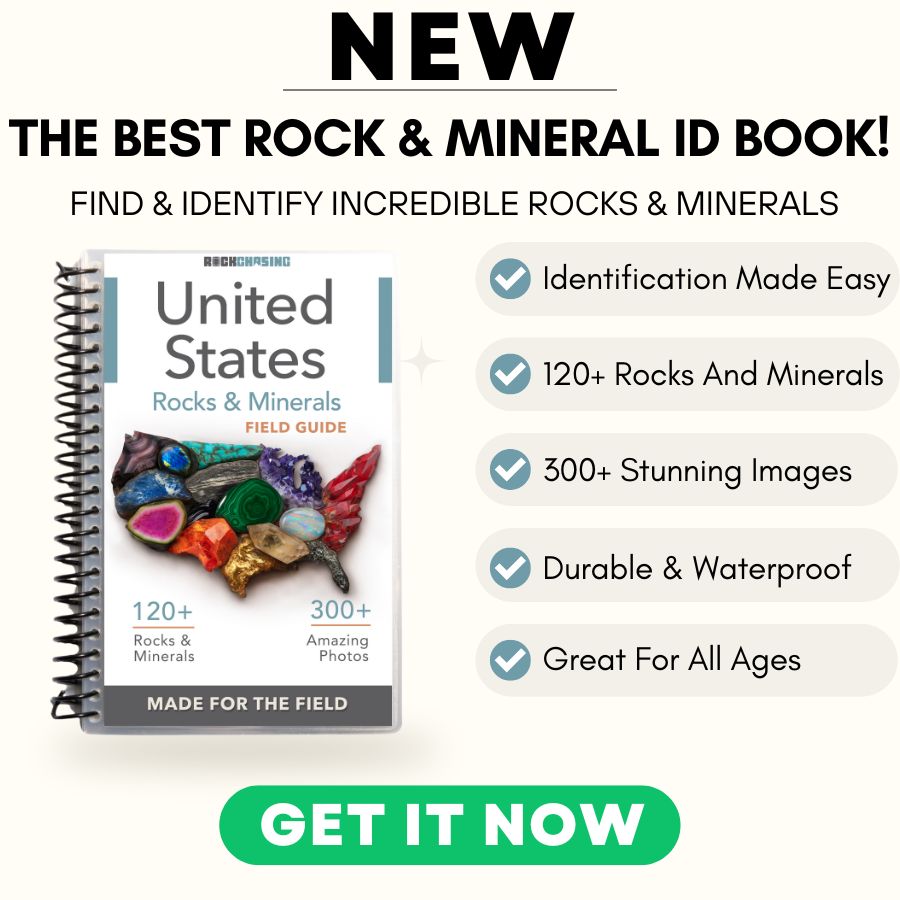This world is designed to sustain us. It is hard to understand how we wound up on a processed foods diet when fresh, dense foods grow right out of the soil. The only major mistake we can make is exploiting our ecosystems to the point of destruction.
Humans have done this in large swaths of the oceans. We have done this in various places around the world. In the 1960s we realized that we could affect the entire planet we live on.
On the macro we can deforest entire regions and pollute environments beyond repair. However, an overzealous forager, on the micro, can destroy an ecosystem if they are not careful and do not understand the golden rule of foraging.
A Quick Reminder
Before we get into the specifics about where and how to find these plants and mushrooms, we want to be clear that before ingesting any wild plant or mushroom, it should be identified with 100% certainty as edible by someone qualified and experienced in mushroom and plant identification, such as a professional mycologist or an expert forager. Misidentification can lead to serious illness or death.
All plants and mushrooms have the potential to cause severe adverse reactions in certain individuals, even death. If you are consuming wild foragables, it is crucial to cook them thoroughly and properly and only eat a small portion to test for personal tolerance. Some people may have allergies or sensitivities to specific mushrooms and plants, even if they are considered safe for others.
The information provided in this article is for general informational and educational purposes only. Foraging involves inherent risks.
How to Destroy Your Foraging Ecosystem

I had a small stand of elderberries that I wanted to see mature into something special. However, because it was not protected, year over year the deer ate it down to the roots, and eventually it all stopped sprouting. Gone.
Now, this was not a foraged food but one that I hoped to forage. Humans aren’t the only ones who can decimate an ecosystem.
We have to be very thoughtful in how we approach a stand of wild foods. If we make the mistake of overharvesting, then we can damage that spot to the point where it cannot recover. This means you either create a downward spiral or end the situation altogether.
When we take wild food for ourselves, we are taking food from other creatures. We are also affecting the spread of seeds, and even the amount of rotting material that will break down into high quality topsoil.
We all know Iceland and what a beautiful place it is. In the late 800s AD Viking boats washed ashore as the island, and the Vikings began cutting down trees. They used these to build and repair but they also cleared trees for fire and agriculture.
Before long the Vikings had cut down 97% of the forests on the island. They had no idea how long it would take for forests to truly recover from that level of decimation. They likely were not concerned with it either. I mean, we are talking about Vikings. Slash and burn was kind of their thing.
Over the last hundred years conservationists have tried to repopulate the island’s forests, but some estimates believe it could take as long as 10,000 years to fully recover!
The Forager’s Golden Rule of 25%

This brings us to the Golden Rule of Foraging. When you find a great foraging spot you must leave at least 25% of the plant behind so that it can propagate and return the following year.
Now, that is how the rule reads, but you gotta read between the lines to understand what it actually means. If we talk about leaving 25% of a plant behind, which parts of the plant are we talking about?
Let’s say you are taking blackberries. You aren’t going to harvest any of the thorny canes that the berries grow off, so if you take every berry but leave 100% of the plant behind, won’t that be adhering to the rule?
NO.
The berries are how the plant propagates. You need to leave some of the fruits and berries behind because they contain the seeds that will create the next generation of plants.
As foragers, we must also remember that the seeds dropping in our favorite foraging spot are not our only concern. Birds will eat the berries and travel those seeds to another portion of woods which will eventually provide food and cover for animals there.
When we overforage our area, it affects natural places all around us.
Still, we have to understand the plant’s parts if we hope to be conservative foragers. Depending on what you are harvesting you need to consider the effect it will have on the plant itself and the effect it will have on the entire foraging location.
Roots

For most plants, if you harvest the root the plant is dead. You can harvest from some plants with larger mycorrhizal or clone colony root networks without killing the plants.
For the most part, though, you should consider the total collection of plants in an area before you start digging up roots. When you start harvesting whole plants, you will quickly hit your 75% limit.
Leaves

The beautiful thing about leaves is that they can be harvested from a plant, and the plant can carry on. We harvest leaves from spring to winter from our home-grown kale plants.
You should still be mindful of how many leaves you take from a single plant. Remember that leaves take in the sunlight for photosynthesis to feed the plant.
Leave plenty behind so the plant can survive. A great example is harvesting dandelion leaves for salad or the sauté pan. Even if you don’t find a ton of dandelion by taking leaves from a few plants you can keep them alive.
Flowers, Fruits, and Nuts

These are all the reproductive parts of the plant. You have to look at them this way as a forager. To take all the flowers from a plant means the flowers cannot form into a fruit or nut and reproduce more trees or shrubs of the same type.
Fruits and nuts both contain seeds that help the tree or plant reproduce, too. It’d likely be impossible to harvest every fruit or nut that falls from a tree, but you still need to consider leaving behind 25% of these resources.
Mushrooms

I love harvesting wild mushrooms. They can take a humble afternoon and really turn it into a treasure hunt! Be careful, though, and get some training or take some time to learn what you are doing.
The same rule applies to mushrooms, so keep that in mind. If you find a stand of those prized morels in the spring, you cannot take them all. Some must be left behind to go to spore and make for another great year of mushroom hunting!
How We Nurtured Our Pawpaw Trees Into an Orchard

I doubled the size of our yard about 3 years into owning the home. We had our first child, and it was just time to have more space.
As I was ripping trees down, dealing with deep roots and vines, I started noticing these large fruits hitting the ground. They were about 4-6 inches long and 4 inches in diameter. It was a big fruit that I had not seen in my backyard before.
They looked strangely familiar to me. It was like I had seen them fishing the creeks of southeastern Pennsylvania as a kid.
After a little research, I found out that these fruits were called pawpaws and they were a tropical fruit that was native to the area! What?! They span as far north as Ontario. More importantly, I found out they were edible.
This was an edible tropical fruit in my own backyard in Virginia! Needless to say, this was not an ecosystem I wanted to destroy.
The pawpaw tastes like a banana and a mango had a baby. That is the best way I can describe it. We fell in love with them and from that day forward it became my goal to ensure that we not only had healthy paw paw trees but to allow more saplings to reach maturity.
I wanted to have an abundance of these fruit trees so that I would always have more pawpaw fruit than I needed.
Effectively, we were foraging this fruit at the end of each summer. However, this was the first foraged food that I intervened and gave it a much better chance at surviving.
Overharvesting can hurt your foraging but there are many other factors that can, too. Invasive plants are a great example of something that can really wreck an ecosystem.
I believe that as foragers sometimes we have to intervene and protect our native foods and medicines.
The Process

Each year there are a few things I do to several of the smaller pawpaw trees on the property. The process begins by removing any competing saplings or shrubs in the vicinity. I want these trees to get all of the nutrients available.
When mulching my plants each year, with our homemade compost, I would also take a 5-gallon bucket out into the woods and put that homemade compost mulch around the “teenage” trees that weren’t saplings anymore but were also not quite mature.
Finally, once the flowers start to show I would make a compost tea and add them to the roots of the pawpaw trees.
At a certain point, I started wondering if I was crossing the boundary between foraging to cultivating. It’s possible. From an output standpoint, I have never had a regret. There are thousands of invasive plants that can be plucked in the wild places to make way for more nutritious and tasty foods.
It’s up to all of us to protect our ecosystems but we foragers just have the best boots on the ground perspective.
One Final Disclaimer
The information provided in this article is for general informational and educational purposes only. Foraging for wild plants and mushrooms involves inherent risks. Some wild plants and mushrooms are toxic and can be easily mistaken for edible varieties.
Before ingesting anything, it should be identified with 100% certainty as edible by someone qualified and experienced in mushroom and plant identification, such as a professional mycologist or an expert forager. Misidentification can lead to serious illness or death.
All mushrooms and plants have the potential to cause severe adverse reactions in certain individuals, even death. If you are consuming foraged items, it is crucial to cook them thoroughly and properly and only eat a small portion to test for personal tolerance. Some people may have allergies or sensitivities to specific mushrooms and plants, even if they are considered safe for others.
Foraged items should always be fully cooked with proper instructions to ensure they are safe to eat. Many wild mushrooms and plants contain toxins and compounds that can be harmful if ingested.


